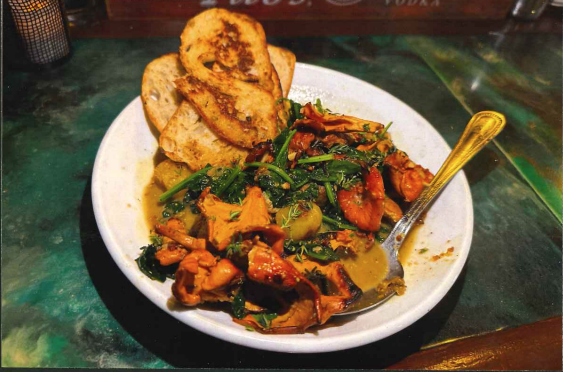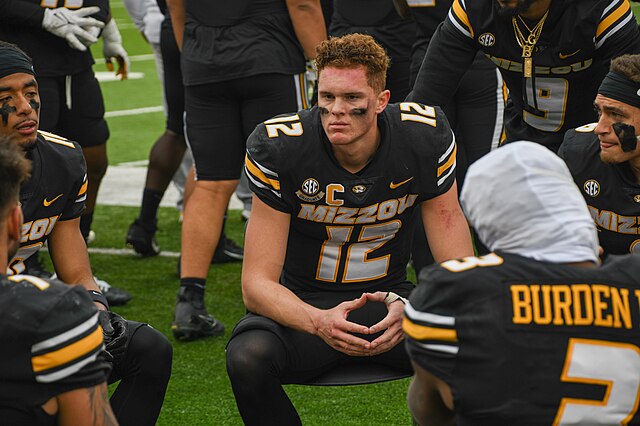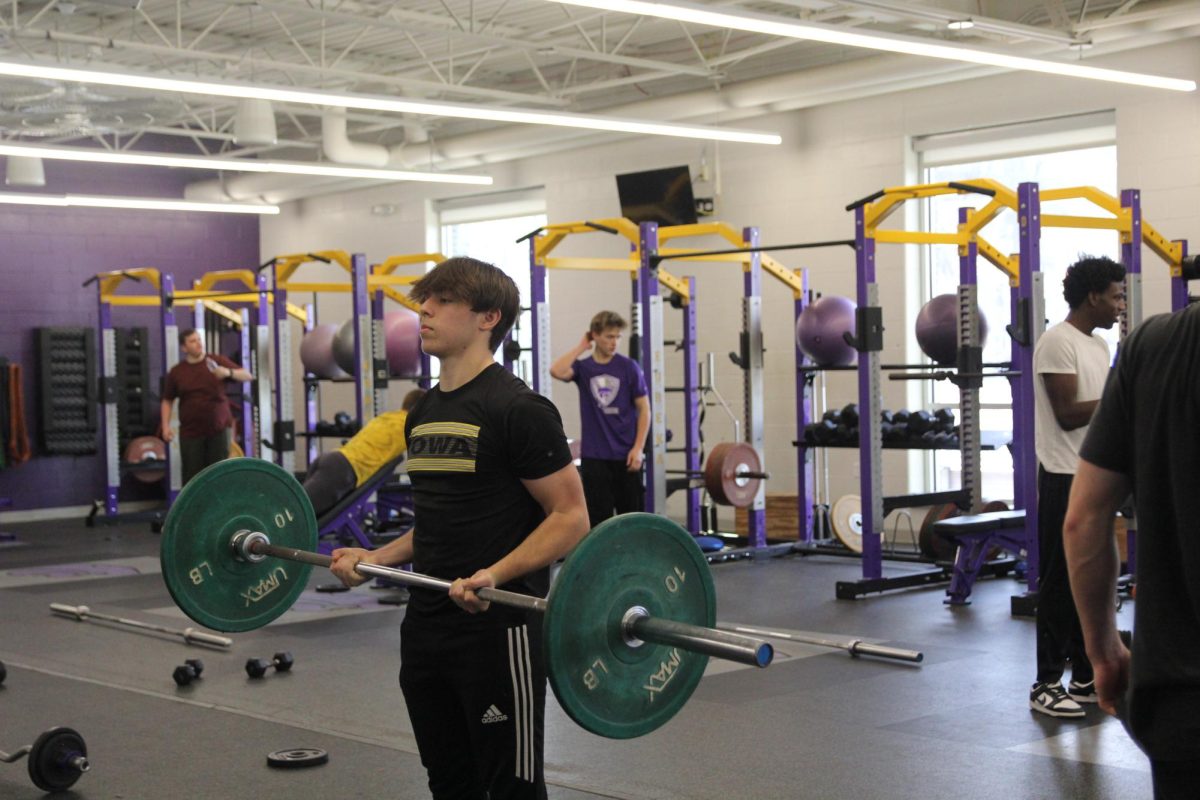As the bell for fourth hour rings, students rush into the lunch lines. Among their grumbling stomachs and colossal backpacks, the same question pounds through their heads, “What’s for lunch?”
The influx of students to the cafeteria could be compared to a 50-meter sprint, both huge events requiring dedication, determination and a finish line. Although one event is sealed with a medal, the other ends with a $2.55 U.S. Department of Agriculture regulated school lunch.
The words “school lunch” may present a frightening image of soggy meats and bland vegetables accompanied by a pain in the stomach. The USDA has made changes hoping to change this stereotype. However, these measures may have created other problems.
“You have to buy more at lunch if you want to be full,” Madison Bendigo (10) said. “I see people buying two or three lunches at a time.”
Why students are still ravenous when dozens of fruits, packaged vegetables and salads are offered is unclear.
“Students may take up to three sides with an entrée,” Kristin Davis, district dietician supervisor, said. “It’s up to the students to make healthy decisions.”
Instead of stocking up on chicken fingers and fries, students could buy the more filling and nutritious sides, avoiding an unneeded visit to the vending machines. Being hungry is a common trait for teenagers; however, students have the ability and tools to help themselves and their wallets.
Lunch is also a catalyst for the question of, “What’s in this?” Glancing around the cafeteria, there is no nutritional information.
“I don’t really know what’s in our food,” Nakia Johnson (10) said. “Is it even real meat? I think it’s mystery meat. Either way, I want to know what I’m eating.”
For those trying to improve their diet, nutritional information is important.
“I’d like to know the daily values, trans fat and saturated fats,” Jonothan Vollmer (11) said.
According to statehealthfacts.org, 69% of males, and 60% of females are overweight in Missouri. If students are more informed about the nutritional information in their meals, obesity rates could lower.
Students can find the nutritional values, lunch plans and allergy information at www.schoolmenu.com and also at www.rockwood.k12.mo.us/childnutrition.
The results of any race aren’t decided by the competitors; the athlete seals their own fate. It’s up to the students to make good choices. Their health is in their hands and on their tray.




















